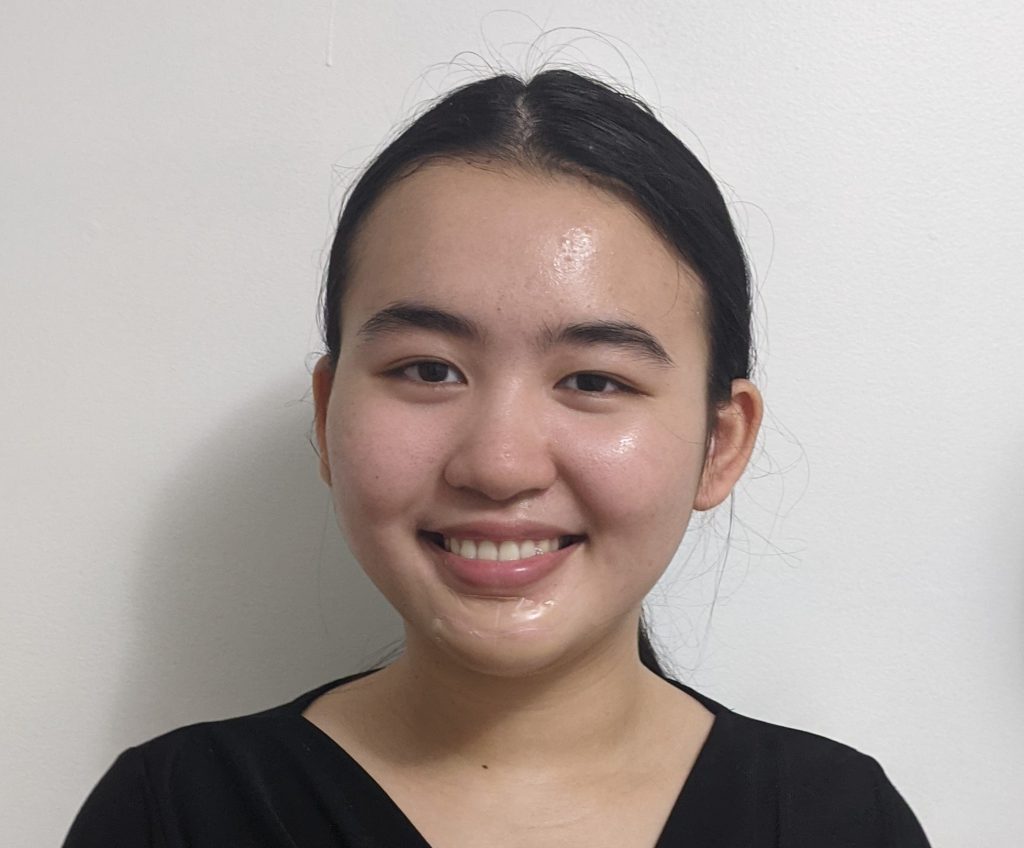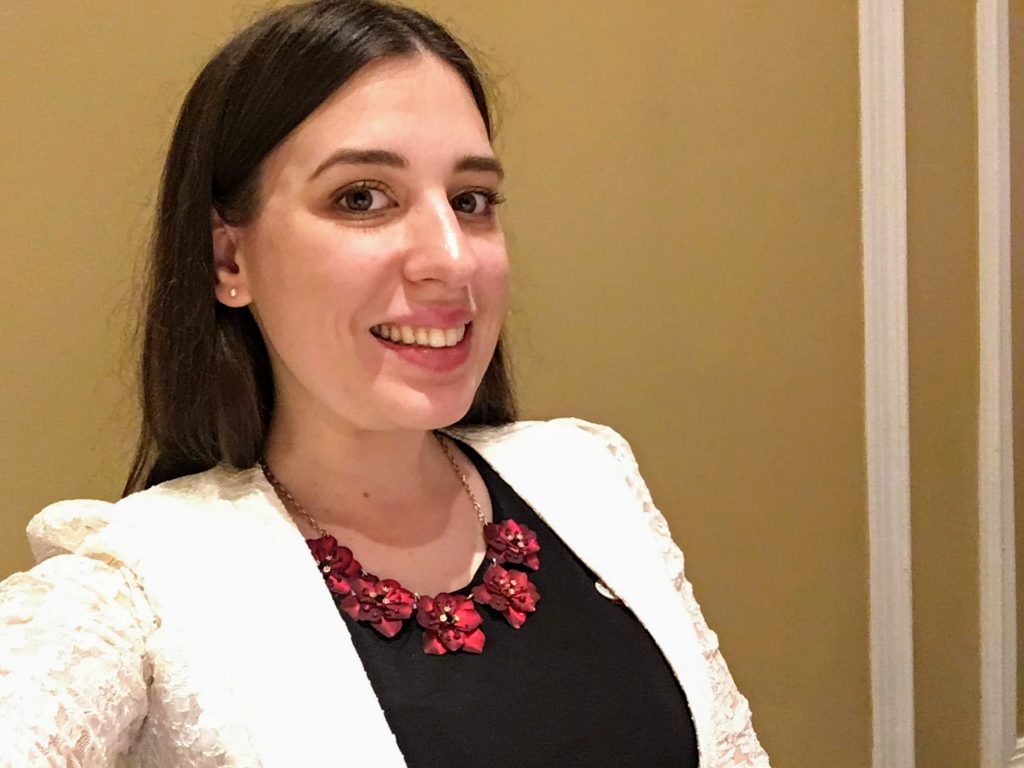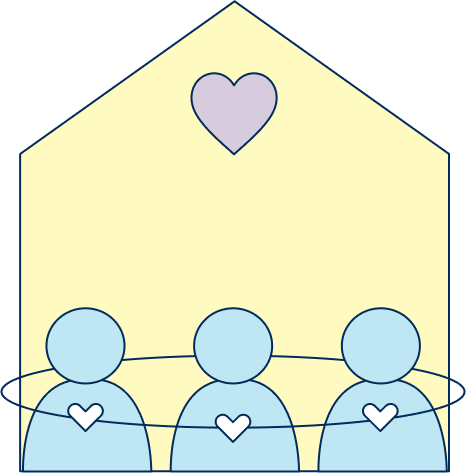Early plans are underway to redevelop Sidney Smith Hall as an iconic building at the University of Toronto. The Design Research Team reflects on the design thinking process, highlighting the importance of collaborative approaches to understanding the core needs of U of T community members.

Justin 
Gauri 
Emily 
Ola 
Martha
Emily Ha-Tchong, Martha Khoshabeh, Aleksandra Adach, and Gauri Sachin Patki, Design Researchers, and Yunlong (Justin) Feng, Design Research Team Lead
Our partnership with the Faculty of Arts & Science began in March 2022 during the early stages of the Sidney Smith Hall redevelopment project. We aimed to hear from students, staff, and faculty to uncover the needs of the community in the early stages of creating a new hub for the Faculty of Arts & Science. We conducted a series of student-led interviews and feedback sessions to understand experiences in creating a recognizable landmark at the University of Toronto.
Collaboration is Key

Throughout the project, we learned the importance of collaboration. Although individually we knew the data very well, we realized that discussing with each other during our insight sessions allowed us to gain a deeper understanding because we were sharing our diverse perspectives.
Gauri: My favourite part of the project was discussing the data we collected, as this involved analyzing the experiences and emotions being shared from the feedback sessions and interviews through sharing our multiple perspectives with each other. I learned the importance of working with others which helped improve my learning process while promoting collaboration, as my team members helped me consider certain experiences in more diverse ways. I genuinely think that being able to talk through the data was necessary to dive deeper into the implications behind the data.
As design researchers, understanding the data on a deeper level is incredibly important to truly resonate with community member’s needs for the project. The continuous collaboration created opportunities for learning from each other and personal growth.
Learning from Diverse Perspectives

Through multiple feedback sessions and interviews, we had many opportunities to meet and discuss with many students, staff, and faculty. We realized that these diverse perspectives were essential to capture the entirety of students’ and faculty’s needs for the redevelopment.
Martha: During my journey, I gained a valuable insight that there is a vast knowledge pool to tap into through other students, and the interviews highlighted the significance of empathizing with them. While many of the shared stories personally resonated with me, it was crucial to detach myself and concentrate on their needs while analyzing the data. The focus sessions proved to be enlightening as I was an outsider to the community, which challenged me to think critically without any preconceived biases. Keeping this in mind, I found the “Designing with Accessibility in Mind” and “Indigenous Spaces”, particularly during the project, to be incredibly valuable as they allowed my team and me to view the dynamics and stories of the community through a clearer lens. The secondary facilitators played a vital role in breaking down the information for us, and the collaboration between all members was instrumental in achieving this clarity.
Every story was valuable as each one revealed a unique emotion, perspective, and needs about Sidney Smith Hall. This significant data that captures students’ and faculty’s view of Sidney Smith and how they physically and emotionally experience the building would never be revealed from just a survey.
The Long-Term Impact of Design-Based Research
We had to step away from thinking about surface-based solutions and delve deeper into the data to find the needs of students, staff, and faculty. We learned that design-based research creates long-term impact for the project and U of T campus overall. Specifically, we strived to step away from just thinking about solutions for the physical structure of Sidney Smith, and rather find the needs that accommodate every student and faculty’s well-being and experiences.
Holistic Improvement at Sidney Smith Hall

Our findings for the Sidney Smith Hall Redevelopment are grounded in students’ and faculty’s needs. These findings will traverse into guidelines and key experiences to form the basis of the project.
We aspire that this will have an impact on the project and translate into a great impact for the Arts & Science community. As well, we hope that everyone who uses Sidney Smith after the redevelopment will create lasting memories and have many enjoyable moments that contribute to their holistic development as part of the University of Toronto community. We aspire that students, staff, faculty, and those from the community alike will be proud to identify being part of the faculty of Arts & Science and identify with calling Sidney Smith Hall a home that can satisfy all their needs.
0 comments on “Project Insights: Campus Hub for the Faculty of Arts & Science – Sidney Smith Hall Redevelopment”